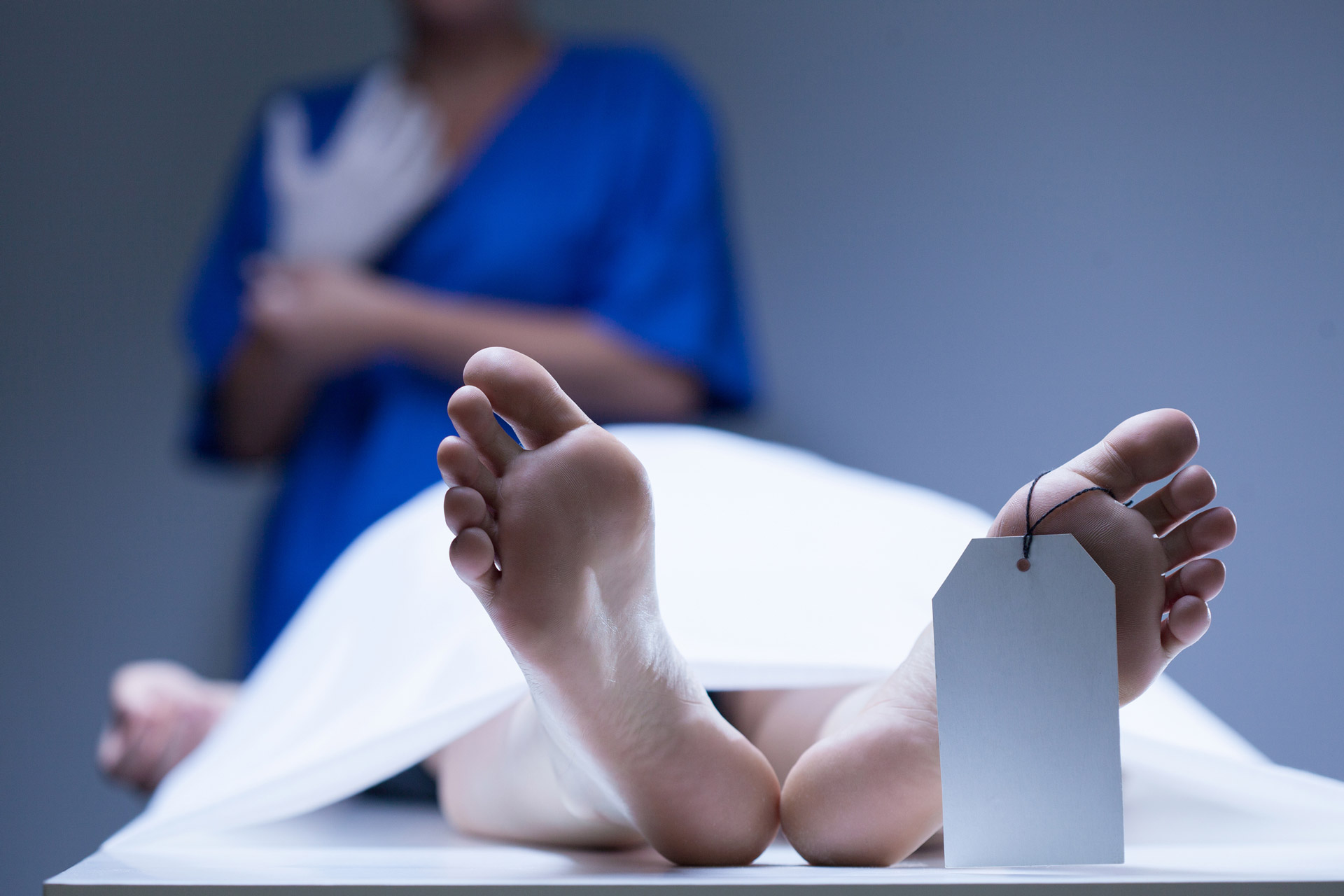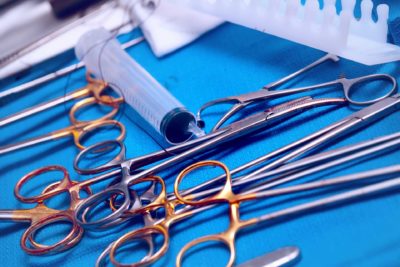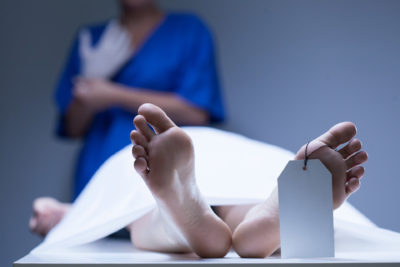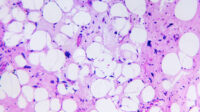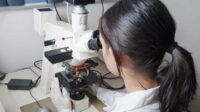As the weather cools, the pumpkins and skeletons emerge from their storage boxes, death becomes a regular topic of discussion. But we wanted to learn more about the real nitty-gritty. We talked to a board-certified Pathologist with over 40 years of experience, Dr. Charu Subramony about her experience performing autopsies. Can you relate to her experiences?
How many autopsies have you performed?
I do not have an exact count. Definitely more than 1000.
How much can you learn from a person’s lifestyle in their autopsy?
We often get requests for autopsies on a person whose medical history is not available. We can tell a lot: Was he a smoker? Did he have diabetes? Did he have hypertension etc.?
How much time between the time of death and an autopsy is ideal? Can you wait too long?
Ideally, an autopsy must be done as soon as the patient dies because post-mortem decay of the body starts immediately after death even if the body is kept cool. Generally, autopsies can be done up to 72 hours after death.
What’s the most shocking thing you’ve ever seen?
Many tumors are undiagnosed during life. Medical mistakes are always shocking.
What was your most memorable case?
A case I remember vividly is a young woman who had melanoma that had metastasized in every organ in her body. The ravages of cancer are haunting.
Were there any cases that were emotionally difficult?
An autopsy on a friend is often difficult. Fortunately, one can recuse from performing such a case.
Did you enjoy performing them? Why or why not?
What kind of person is best suited to perform autopsies/work as a mortician?
The first and most important thing is to be comfortable in dealing with dead bodies.
How many people are involved with preparing a body after death?
The nursing staff covers the body which is then transported to the morgue in a cart that is covered. If an autopsy is to be done, a morgue assistant, one or more residents, one or more medical students and one or more supervising faculty may be involved. Once the body is transported to the funeral home, morticians prepare the body for viewing or burial.
Briefly walk through an autopsy. What do you examine first?
An autopsy can be a complete autopsy which includes an examination of the brain and all organs in the body or a partial autopsy which involves examination of one or more organs. The thoracic and the abdominal organs are removed by a y-shaped incision. The chest plate is removed to retrieve the heart and the lungs. The abdominal organs are then removed. The brain is removed by sawing through the skull bones. All the organs are separated and examined individually. Sections of each organ is taken and then examined under the microscope. A final report is issued after the laboratory examination of samples taken at autopsy are available. The autopsy report includes a cause of death statement and other changes found during the autopsy.
